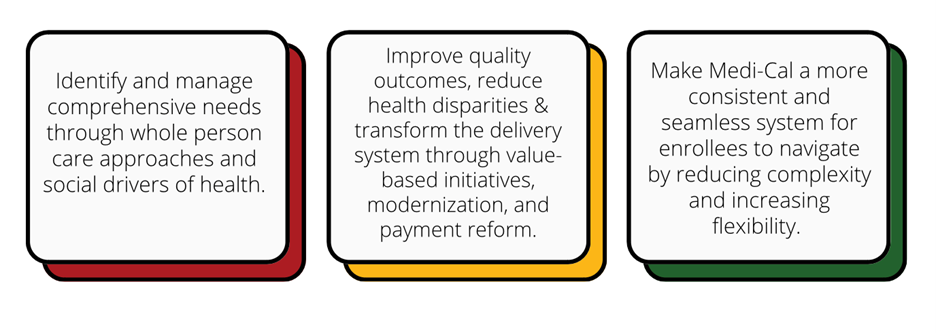
According to the U.S. Census, the population of older adults is projected to double, reaching 80 million people by the year 2040. California is at the forefront of this demographic shift, with the population aged 60 years and older anticipated to surge more than three times faster than the total population, reflecting an overall increase of 166% by 2060. A new milestone will be reached by 2030 with one in four Californians over the age of 60.
Driving this democratic shift is the Baby Boomer generation, characterized by a remarkable diversity in race, ethnicity, sexual orientation, and socio-economic status. As our society ages, there will be challenges such as an increase in chronic health conditions and inequities across various demographics. Recognizing and addressing these issues through advocacy is imperative. Public policy is a critical tool for ensuring equitable access to resources and supports the diverse needs of an aging population.
CEAL Policy Priorities 2024
– Reauthorization of the Older Americans Act
– Addressing Social Isolation and Loneliness
– Long-Term Care Financing
– Workforce Development
– Caregiver training and support
California’s Master Plan for Aging

California’s Master Plan for Aging (MPA) is a visionary initiative dedicated to prioritizing the health and well-being of older Californians and individuals with disabilities. Serving as a transformative “blueprint”, the MPA unites state and local governments, the private sector, and philanthropy in a collective effort to prepare for the unprecedented demographic changes and continue the state’s leadership in aging, disability, and equity.
Progress toward the MPA is tracked on the Data Dashboard for Aging.
California Advancing and Innovating Medi-Cal (CalAIM)
CalAIM represents a multi-year reform initiative spearheaded by the California Department of Health Care Services. This comprehensive effort is designed to enhance health outcomes and promote the overall well-being of individuals enrolled in Medi-Cal, California’s Medicaid program. Through CalAIM, the state aims to implement transformative changes that address the evolving needs of its Medi-Cal population, fostering innovation, accessibility, and improved health outcomes across the healthcare system.
CalAIM Goals

CalAIM includes a focus on older adults and people living with disabilities.
Initiatives include:
– Ensuring the uniform availability of programs and services across the state.
– Offering specialized coordination and support for individuals with the most complex needs.
– Expanding access to essential services, such as personal care, medically tailored meals, home modifications, and various supports to promote independent living and home or in assisted living facilities.
– Streamlining accountability for a broader range of services through Medi-Cal managed care plans, encompassing residential care in nursing homes.
– Enhancing coordination, integration, and alignment of care for the 1.6 million Californians dually eligible for Medi-Cal and Medicare.
Resources
These leading organizations actively contribute to the advancement of aging policy:
National Academy for State Health Policy
Public Policy Institute of California
